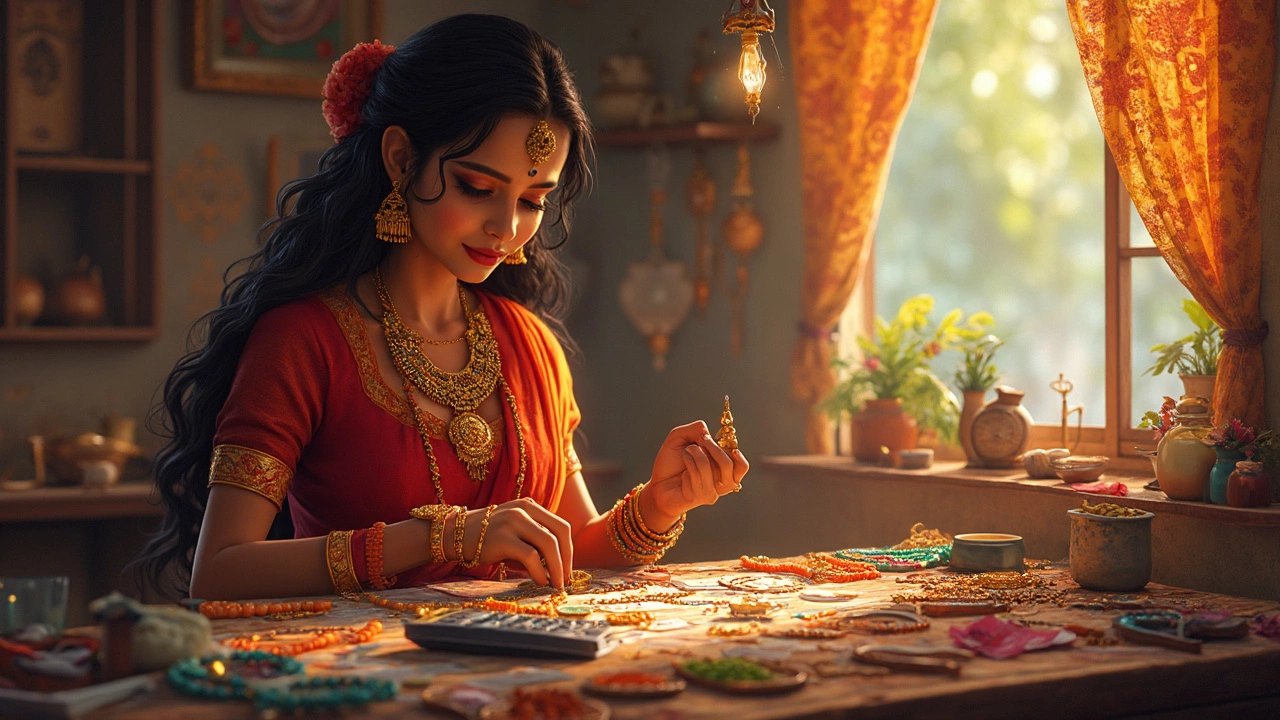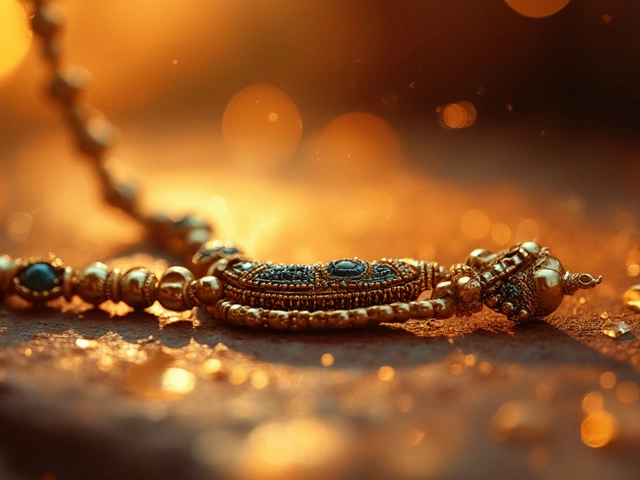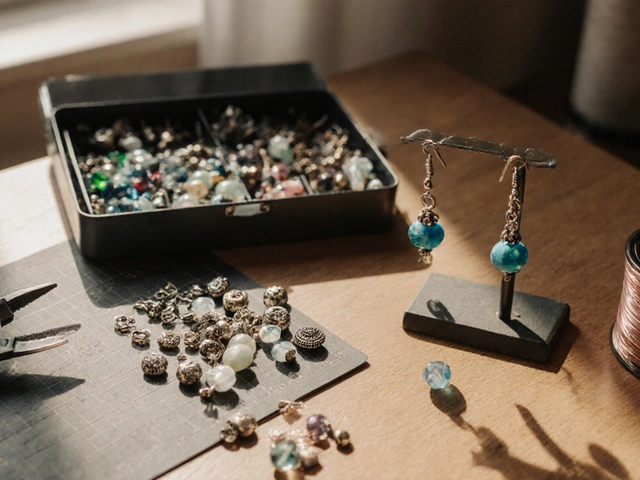Pricing Handmade Jewelry: What You Need to Know
If you’ve ever stared at a beautiful handcrafted necklace and wondered, “Is this price worth it?”, you’re not alone. Handmade jewelry comes with a story, skill, and material cost that make it different from mass‑produced pieces. Knowing the real factors behind the price helps you shop smarter and supports artisans fairly.
What Drives the Cost?
First, look at the material. Gold, silver, platinum, and genuine gemstones command higher rates than alloy metals or synthetic stones. A 22‑karat gold pendant will naturally cost more than a silver piece, even if the design is simple.
Second, consider labor. Artisans spend hours—sometimes days—hand‑crafting each item. Intricate filigree, hand‑set stones, or custom engraving all add minutes to the workbench and, consequently, to the price tag.
Third, the design’s uniqueness matters. One‑off designs or pieces from renowned designers carry a premium because you can’t find the exact same item elsewhere. Limited‑edition collections fall into the same bucket.
Fourth, certification and hallmarks matter. A BIS hallmark on gold or a reputable gem certification reassures you about purity and authenticity, but they also increase cost. Skip the hallmarks and you might save a few rupees, but you risk buying lower‑quality metal.
Lastly, the shop’s overhead influences pricing. A boutique in a high‑traffic mall will add rent, staff, and marketing costs to each piece, while an online maker may offer lower prices because they operate from a home studio.
Tips to Get the Best Value
Start by setting a budget. Knowing your max spend narrows options and prevents impulse splurges. When you find a piece you love, compare it with similar items on other platforms. Look for the same metal purity, gemstone size, and craftsmanship level.
Ask the seller for a breakdown. A transparent artisan will tell you how much of the price is material, labor, and design. If the numbers don’t add up, it’s okay to walk away.
Check for sales or festive discounts. Many Indian jewelers offer special rates during Diwali, Navratri, or wedding season. Signing up for newsletters can give you early access to these deals.
Consider pre‑owned or vintage handmade pieces. They often retain craftsmanship quality but come at a fraction of the original price. Just verify authenticity and condition before buying.
Don’t forget shipping and return policies. A lower price can turn into a higher cost if you have to pay extra for safe delivery of fragile items or if returns are not accepted.
Finally, support local artisans directly. Visiting a small studio or marketplace cuts out middlemen, and you often get a personal story with your purchase—a win‑win for both your wallet and the maker.
Pricing handmade jewelry isn’t about finding the cheapest tag; it’s about understanding what you’re paying for and making sure the value matches your expectations. Use these tips, stay curious, and enjoy the unique charm that only hand‑crafted pieces can bring to your wardrobe.
Average Markup for Handmade Jewelry: What Makers Need to Know
Ever wondered how much to mark up handmade jewelry? This guide breaks down the typical markup rates, why they matter, and what goes into the final price tag. Learn practical tips for setting prices if you craft your own jewelry or use jewellery making kits. Find out about hidden costs makers overlook and how your pricing stacks up to the competition. Get the facts before you sell or buy handmade pieces.





